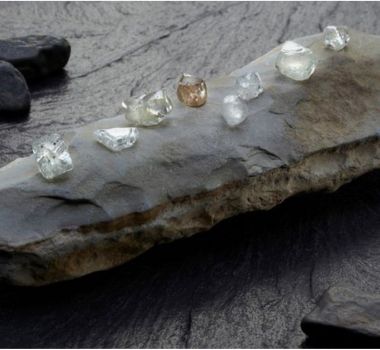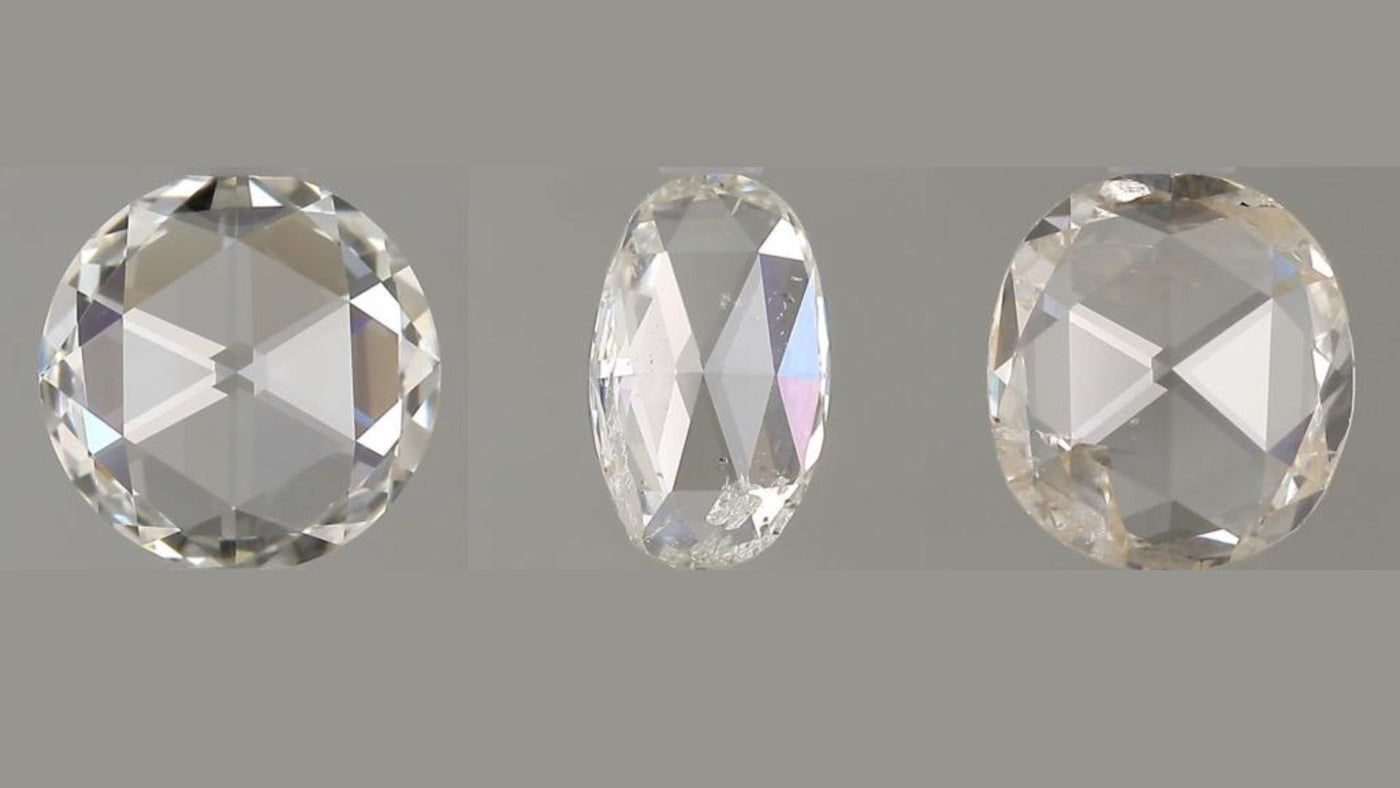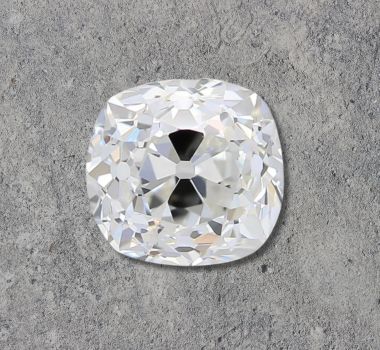
In recent times, advancements in technology have led to a significant standardization in
diamond cutting, resulting in the creation of technically flawless diamonds that exhibit an exceptional play of light. Undoubtedly, these meticulously crafted, mathematically precise natural diamonds possess a breathtaking allure. However, some individuals argue that they may lack the artistic flair imparted by a skilled diamond cutter during the traditional cutting process.
If you haven't encountered diamonds cut prior to this technological revolution, you're not alone. Diamonds like old mine and old euro-cuts fall into this category, but they are increasingly rare, having not been cut for over half a century. On the contrary, the rose cut stands out with its artistic originality and, fortunately, has become more readily available as people recognize its distinctive qualities.
What Is a Rose Cut Diamond?
The art and technique of crafting a rose-cut diamond are believed to have originated in 15th-century India. By the 1520s, European gemstone cutters had adopted this style as the standard for diamond jewelry. Consequently, numerous high-quality and renowned antique diamonds, especially from the Pre-Edwardian era when the rose cut attained its zenith in popularity, showcase this particular cut. In contrast to the commonly observed brilliant-cut diamonds, rose cuts lack a pavilion (the pointed bottom of a diamond), resulting in a distinctly flatter shape on the reverse side.
The upper section of the diamond, known as the crown and visible from above, features a faceted dome with a range of 3 to 24 facets, a notable contrast to the 57 or 58 facets of the brilliant cut. Typically arranged in two rows, the facets consist of central star facets forming the diamond's apex, complemented by a proportionate number of facets in the second row. The rose-cut style is versatile and can be applied to various shapes, including round, oval, hexagon, trapezoid, and virtually any imaginable form. Due to the reduced number of facets, rose-cut diamonds exude a radiant glow from within, producing a captivating yet subtle sparkle distinct from the intense brilliance of a brilliant cut.




































